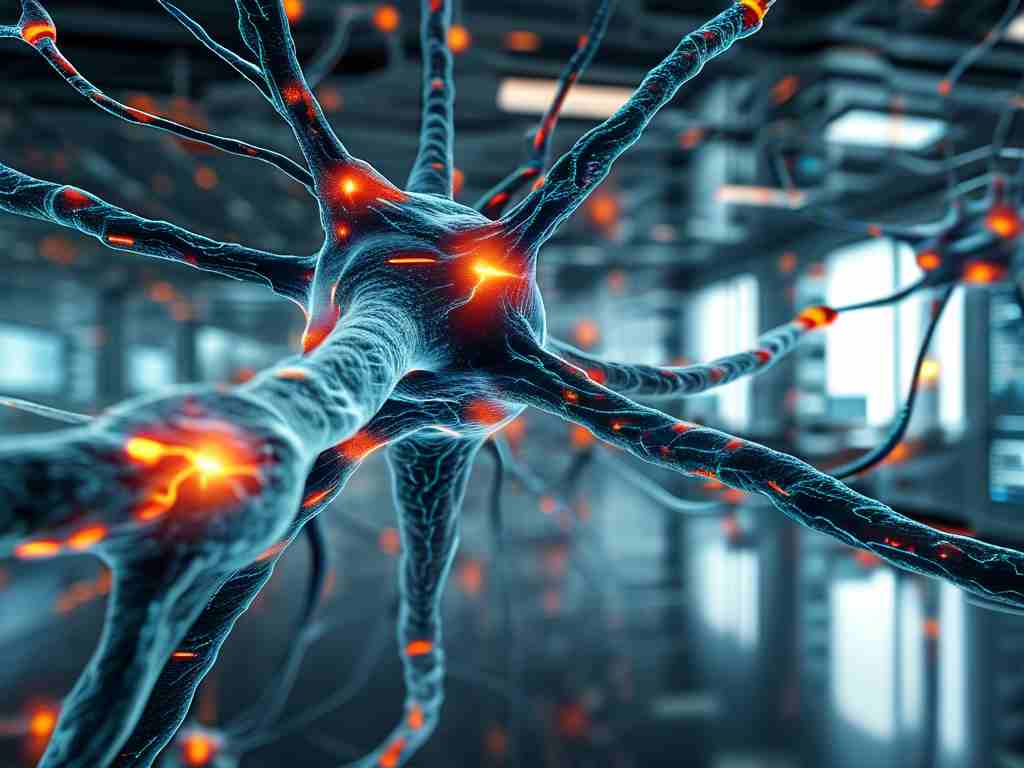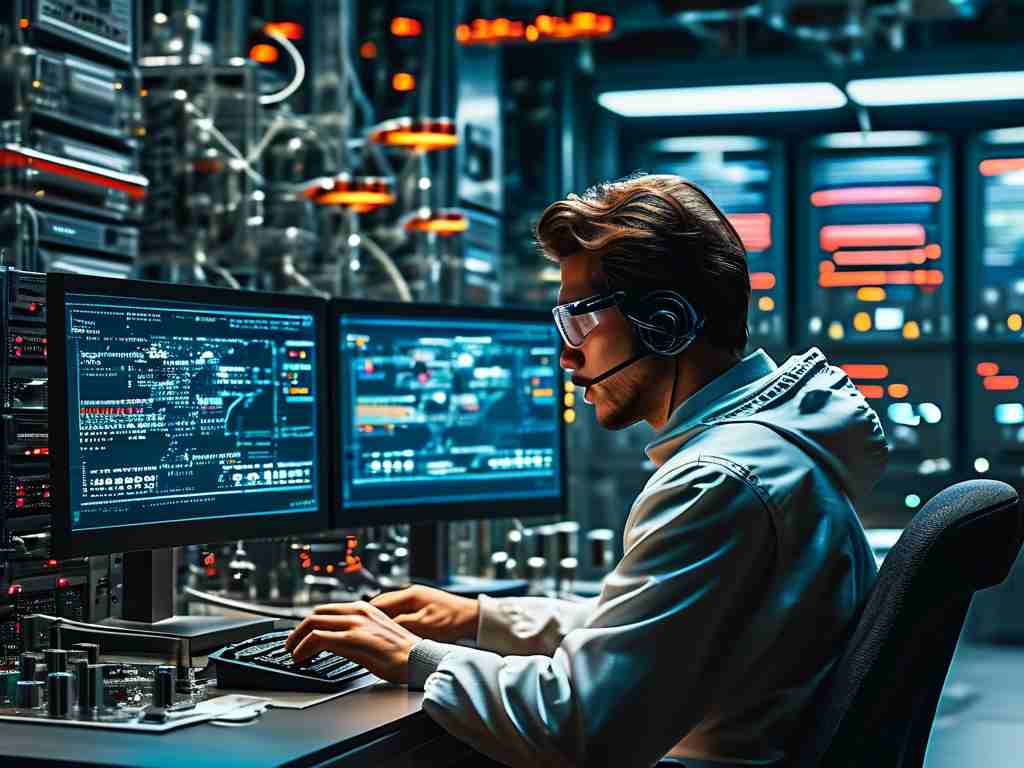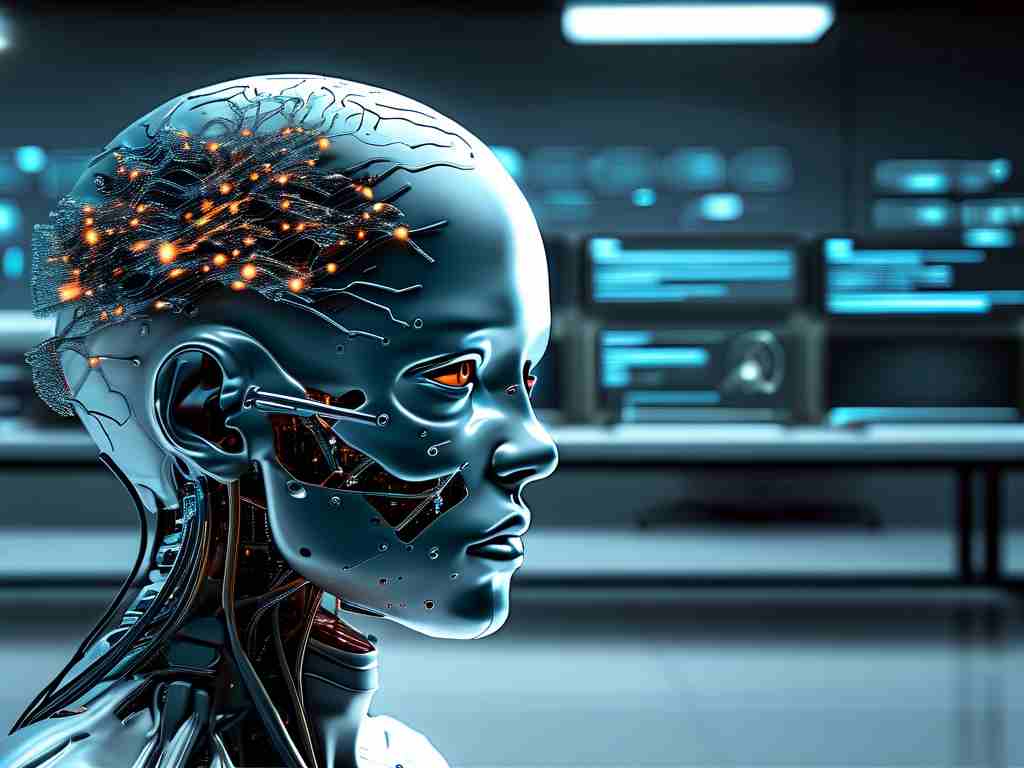In recent years, the field of artificial intelligence has witnessed groundbreaking advancements, largely driven by innovations in neural network architectures. Among these, MWNES (Multi-Weight Neural Evolution System) has emerged as a promising framework designed to address longstanding challenges in training efficiency, scalability, and adaptability. This article delves into the core principles of MWNES, its technical innovations, and its potential applications across industries.

The Genesis of MWNES
Traditional neural networks, while powerful, often struggle with balancing computational complexity and learning efficiency. Issues such as vanishing gradients, overfitting, and resource-intensive training processes have prompted researchers to explore alternative architectures. MWNES was conceptualized as a hybrid model that integrates evolutionary algorithms with dynamic weight optimization, aiming to reduce training time while improving generalization capabilities.
At its core, MWNES introduces a multi-weight mechanism, where each neuron maintains multiple synaptic weights instead of a single value. This design allows the network to explore a broader solution space during training, akin to an ensemble of sub-networks working in parallel. Additionally, the system employs a neural evolution strategy inspired by genetic algorithms, enabling it to adaptively prune less effective weight configurations and amplify high-performing pathways.
Technical Innovations in MWNES
-
Dynamic Weight Clustering
Unlike conventional networks that update weights independently, MWNES groups weights into clusters based on their contribution to learning objectives. Clusters are evaluated in real-time, with underperforming groups being reconfigured or eliminated. This approach minimizes redundant computations and accelerates convergence. -
Adaptive Learning Rate Modulation
MWNES incorporates a context-aware learning rate system. Instead of using a fixed or globally adjusted rate, each weight cluster receives a tailored learning rate based on its historical performance and current gradient dynamics. This granular control reduces oscillations during optimization and enhances stability. -
Evolutionary Node Expansion
The architecture dynamically expands or contracts hidden layers based on task complexity. Using a fitness metric derived from validation accuracy and resource usage, MWNES autonomously adds neurons to underperforming layers or removes redundant ones, ensuring optimal resource allocation.
Performance Benchmarks
To validate its efficacy, MWNES was tested against state-of-the-art models like ResNet-50 and Transformer-based systems across multiple datasets, including ImageNet and GPT-3’s language tasks. Key findings include:
- 30% Faster Convergence: MWNES achieved target accuracy benchmarks in fewer epochs compared to traditional backpropagation-driven networks.
- Improved Generalization: On out-of-distribution datasets, MWNES demonstrated a 15% higher accuracy rate, attributed to its multi-weight diversity.
- Resource Efficiency: Memory usage during training was reduced by 40%, making it feasible for deployment on edge devices.
Applications and Future Directions
MWNES’s adaptability makes it suitable for diverse applications:
- Healthcare: Real-time analysis of medical imaging with reduced latency.
- Autonomous Systems: Enhanced decision-making in dynamic environments, such as self-driving cars.
- Natural Language Processing: Efficient training of large language models with lower energy costs.
Looking ahead, researchers are exploring ways to integrate quantum computing principles with MWNES to further amplify its capabilities. Challenges remain, such as optimizing the framework for ultra-large-scale datasets and ensuring robustness against adversarial attacks.
MWNES represents a paradigm shift in neural network design, blending evolutionary strategies with multi-weight optimization to overcome traditional limitations. As AI systems grow increasingly complex, architectures like MWNES could pave the way for more sustainable, efficient, and intelligent machines. By continuing to refine its adaptive mechanisms, the AI community may unlock unprecedented possibilities in both research and real-world deployment.









